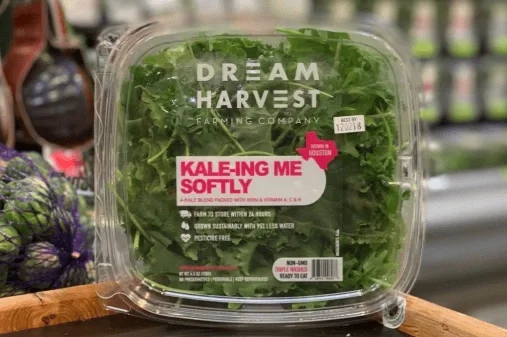Strategic Planning
I’m a big-picture thinker who loves turning ideas into action. From building business models to improving internal systems, I approach strategy as both practical and creative work. I try to balance helping organizations plan for the future while staying grounded in the people and processes that make the mission possible.
How I help organizations build and strengthen strategy:
Business model development and innovation
Multi-year strategic planning and goal alignment
Mission, vision, and value refinement
Resource planning and sustainability modeling
How I improve processes and systems for better efficiency:
Process improvement and redesign
Process mapping and workflow documentation
Workflow optimization and automation
Internal communication and operations strategy
Project Example
I was selected by VOA’s CEO to partner with in a national Community Health Incubator sponsored by Humana. We had to submit a proposal among 32 other applications, and ours was 1 of 4 accepted. The goal of the incubator was to accelerate social enterprises that improve quality and access to care for Medicaid and at-risk populations. The program included business training and mentoring, as well potential partnership opportunities and venture capital investments to help companies scale and fundraise.
Our proposal was for a hydroponic farm located on remediated brownfield behind our building. We wanted to focus on food insecurity and social determinants of health, workforce development, as well as education. Our hydroponic farm concept addressed these issues by providing locally grown, affordable produce to communities with limited access to healthy food. The initiative promoted better health outcomes, creates jobs and training opportunities, and serves as an educational lab for local students.
As part of the program overall, we achieved the following:
Secured major funding, including $1.3M in American Rescue Plan Act funds and $250K in Economic State Development funding.
Received a letter of support from Senator Schumer’s office, along with endorsements from Jordan Health, Monroe Community College, and additional community partners.
Developed a comprehensive business model for the hydroponic farm, ensuring long-term sustainability, diversified revenue streams, and measurable community impact.
Funded 60% of capital construction and 50% of labor costs for the first four years of the project lifecycle.
Conducted Hydroponic Farming Feasibility Study to validate sustainability and community benefit.
Flew to Houston, Texas to meet with Dream Harvest Farms and learn more about their operations as a hydroponic farm.
Secured legal guidance to leverage tax credit opportunities tied to the project site. The property had 18% tax credits available for land development for the next six years, which would provide a rebate of $.18 for every $1.00 spent developing the property.
Developed a workforce plan and local partnership framework to ensure long-term success and community impact.
Why Hydroponics?
Provides year-round indoor growing opportunity extending Rochester’s typical 3-4 month growing season.
Uses 90% less water than traditional farming saving natural resources
Use of pesticides and chemicals is mostly non-existent. Fungus or plant disease is treated biologically.
Hydroponic growing allows for faster growth and higher yields than traditional soil-based growing systems.
Results in nutrient dense produce, especially if you can minimize distance and time associated with distribution
Uses less space than traditional farming methods







